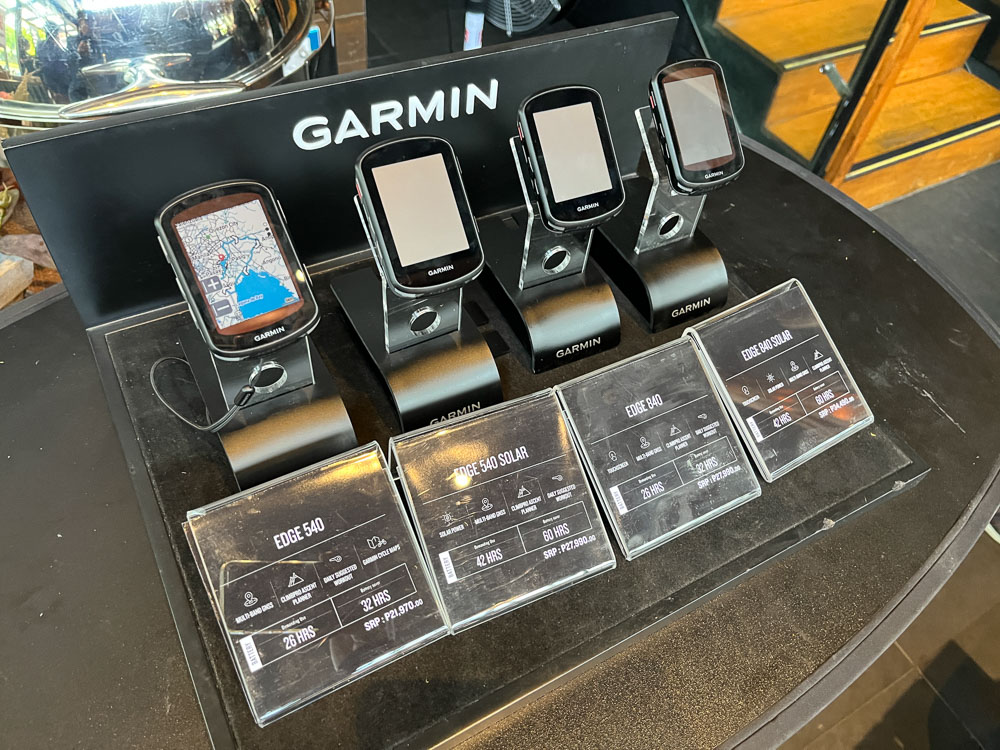
While motor vehicles come standard with information-display systems—ranging from analog dials to high-tech screens—ordinary bicycles don’t have any of those. That’s why if you’d like to see basic information while biking, you’d need a cycling computer.
Garmin is known for its GPS devices for people with active lifestyles. To celebrate the launch of the brand’s latest cycling computers, the Edge 540 and the Edge 840, a bike ride was held.
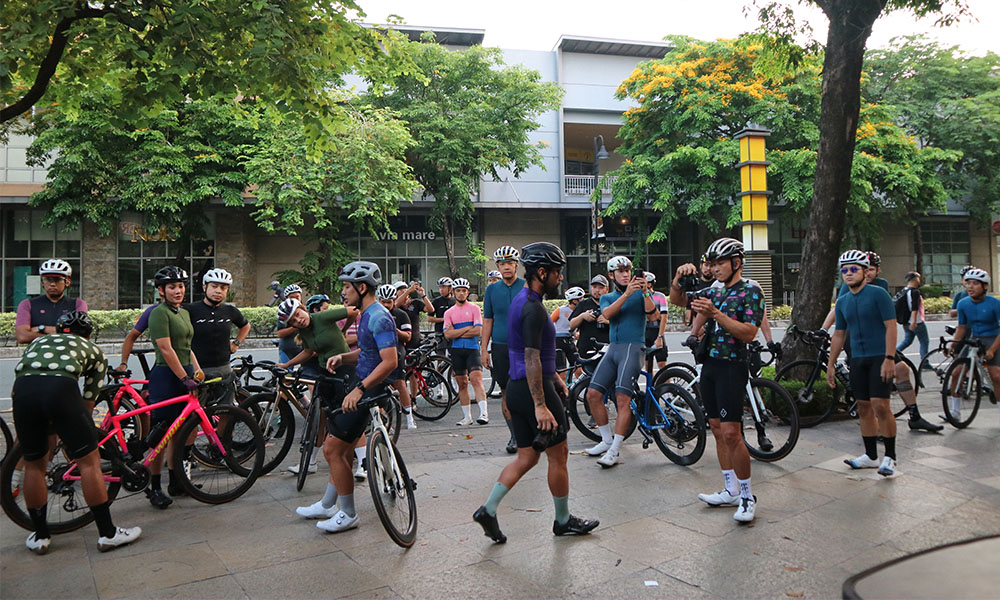
After seeing the invite, I knew the event catered to athletic cyclists. And after arriving at the venue, I was proven right. A good chunk of the crowd showed up wearing cycling jerseys, Lycra, and cleats, with Specialized road bikes that cost more than a cheap car, and are half the weight of my steel gravel bike.
The route, known as the Taktak-C6 Loop, was almost 60km long, passing through roads I wouldn’t dare bike on, such as C5, Marcos Highway, C6, and East Service Road. But this was the best time to explore uncharted territory because of safety in numbers. And this was also a good opportunity to try out a cycling computer for the first time.
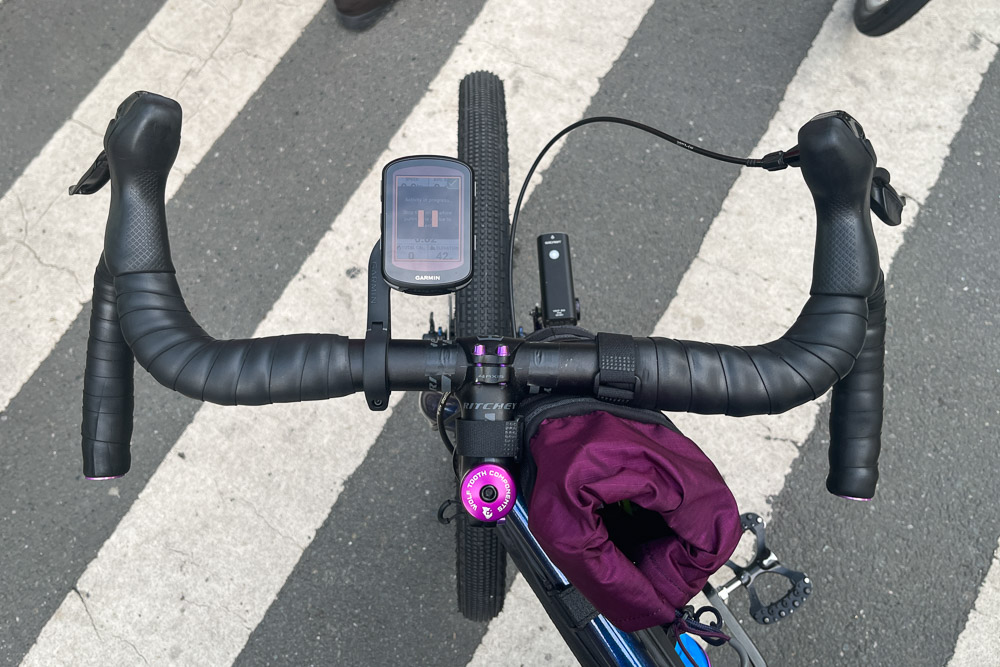
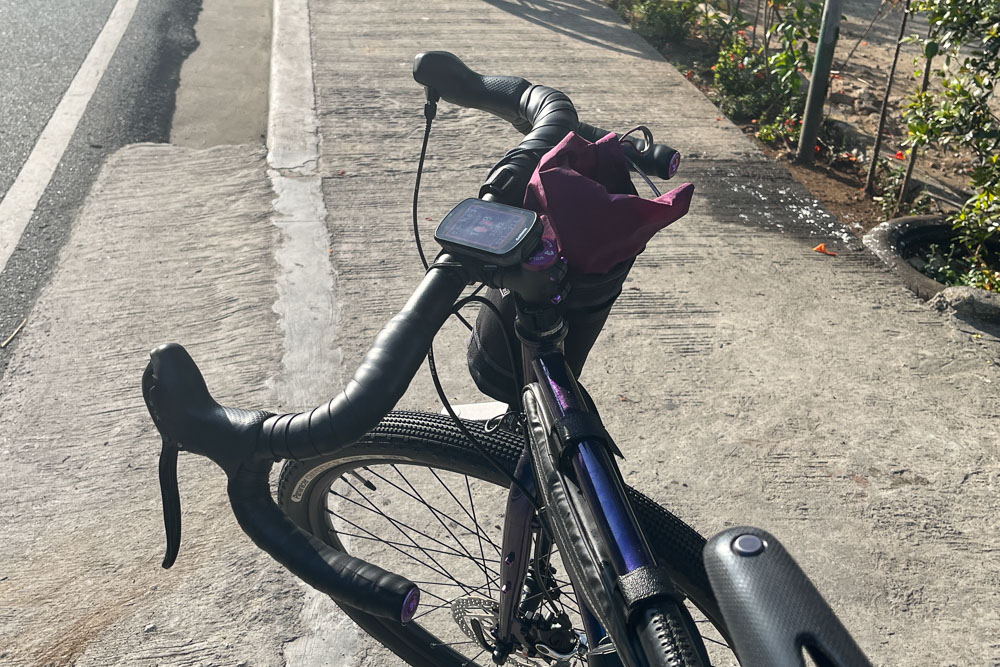
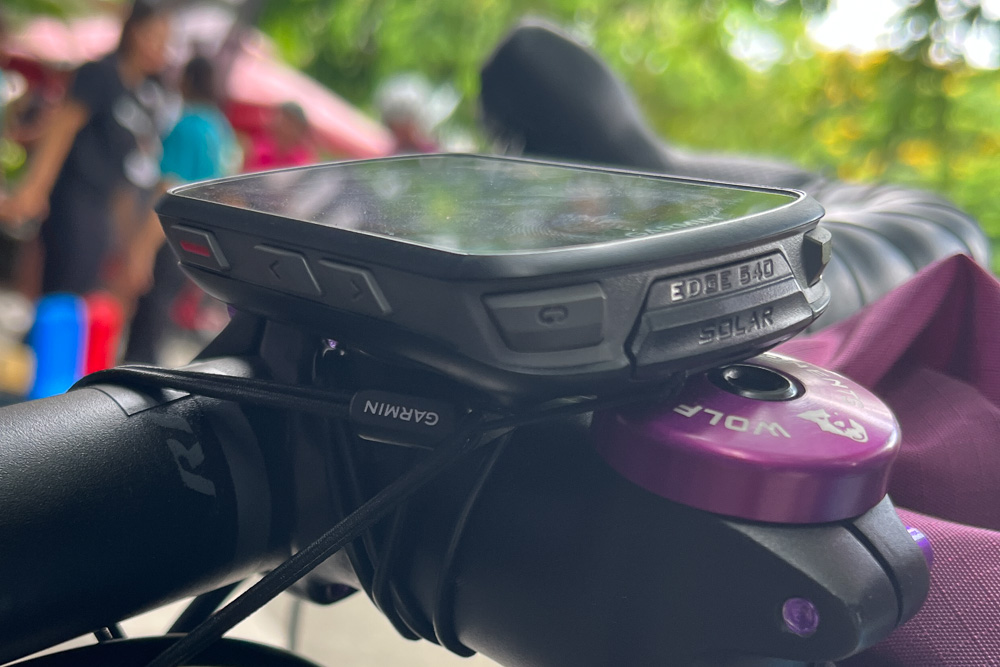
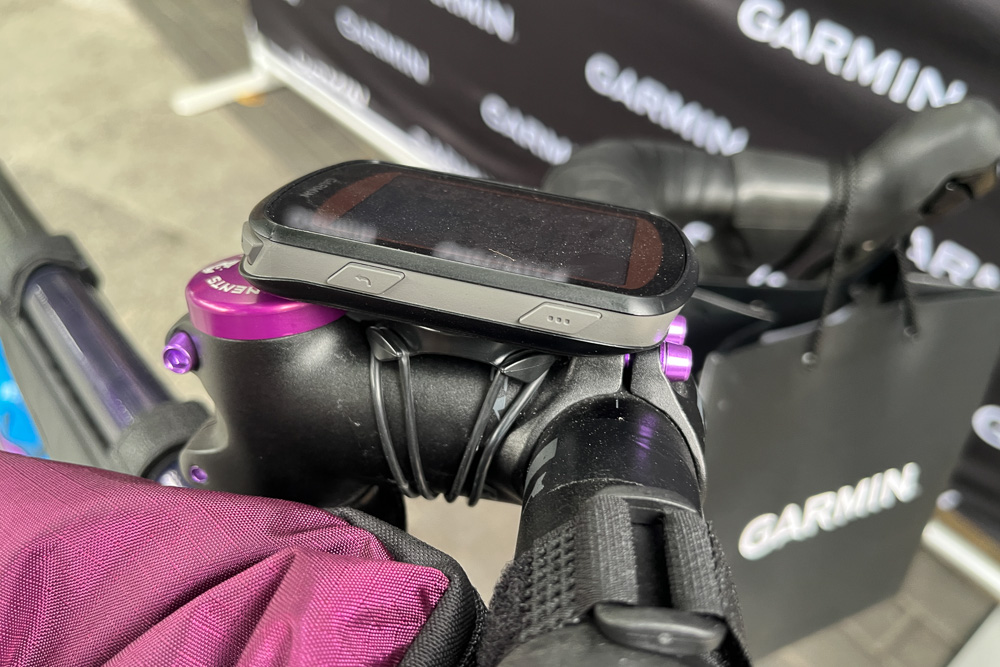
The unit lent to me was the Garmin Edge 540 Solar. It’s a very high-tech cycling computer with features such as targeted adaptive coaching, real-time stamina tracking, ClimbPro ascent planner, and a power guide.
But I wasn’t able to use these because I didn’t have the additional sensors needed. Even the turn-by-turn navigation system didn’t work because the Strava route wasn’t loaded to the device. Thankfully, there were marshals to guide the participants.
This left me with the basics such as speed, average speed, distance, timer, and elevation. And that was pretty much all I needed. I’m no athlete, but the engineer in me appreciates good data as it helps me better understand my cycling.
Ride-out was at 6am, and I encountered a problem the moment I started. The clamp of the cycling computer was attached incorrectly as it pinched the cable of my front brake, locking the front wheel. After the device was transferred to the stem, I was able to get moving after a delay of half an hour.
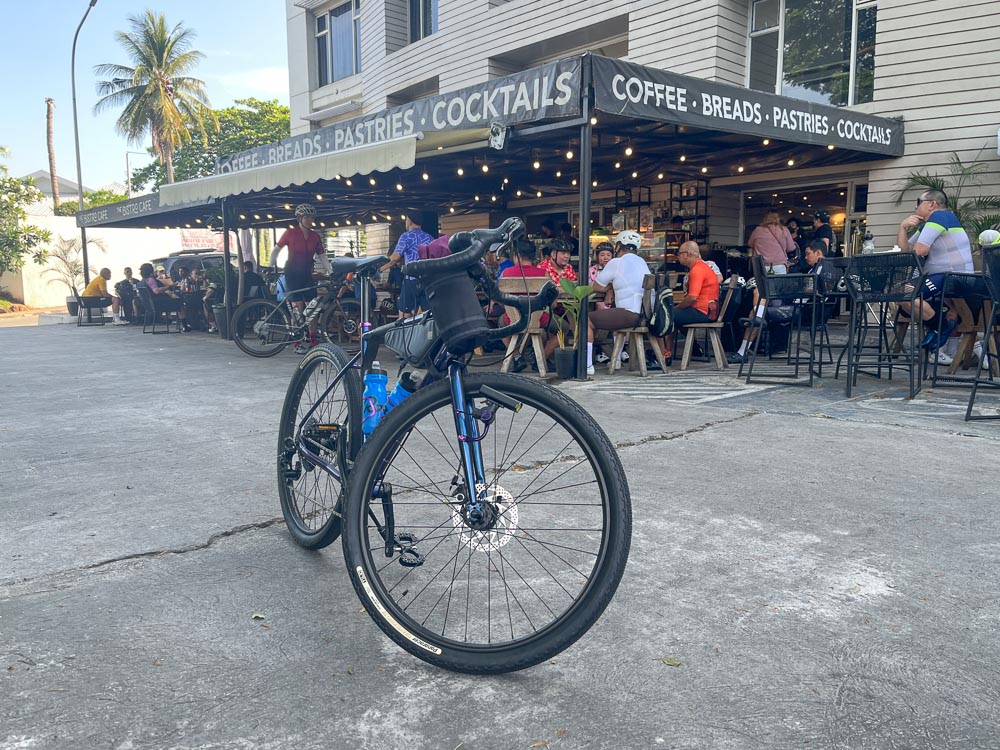
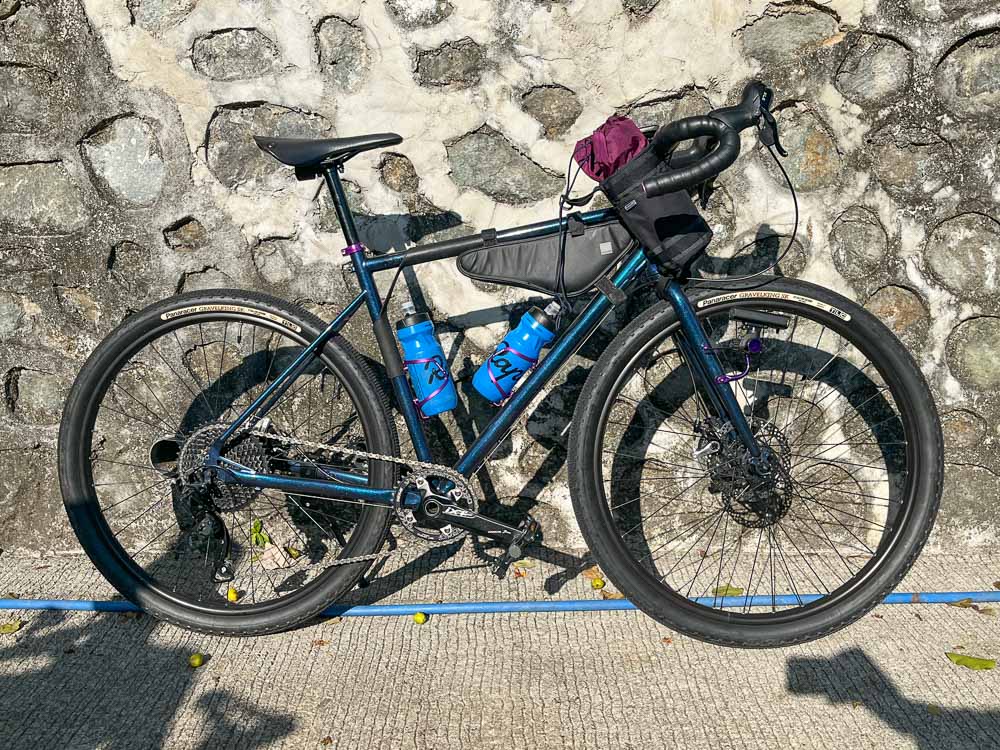
I already knew from past rides that 15km/h is my leisurely pace and also my average speed in the city. On a wide, open road, I could push a bit to reach 20km/h, but this time I was going as fast as 25km/h on C5 and Marcos Highway. When I reached Sumulong Highway, I’d climb at a pace of 8km/h, which is twice as fast as my walking speed.
On moderate descents, I could go beyond 25km/h, and at that point, I would overtake tricycles, jeepneys, and slow-moving vehicles. At the steepest portions, I was going as fast as the cars in the inner lane at 40–50km/h. If I weren’t conservative, I could go faster, but that would be unnecessarily risky.
After descending from Sumulong Highway and going through Taytay, I found myself on C6 for the first time. Compared to C5 and C4 (which includes EDSA), the road wasn’t as wide and was much smoother, so the experience was better (if only the same could be said about the surrounding areas).

Upon reaching the 38km mark, I was starting to get exhausted with my pace dropping significantly, similar to what happened in Clark. Unable to keep up with the pack, the group ride became a solo ride. I thought I was left behind for good, but everyone regrouped before East Service Road, the worst part.
Because SLEX and Skyway eat up most of the space, there’s barely any left for the majority of vehicles on the service roads including motorcycles and public transportation. People don’t have a proper place to walk safely, and traffic repeatedly comes to a standstill when one of the several jeepneys loads/unloads passengers. It was a horrible experience that exemplified the negative impact of expressways.
After making my way through Lawton Avenue, I was able to relax now that I was in BGC. All that was left was to pass through the bridge and climb up Brixton Street before finishing the loop in Capitol Commons.
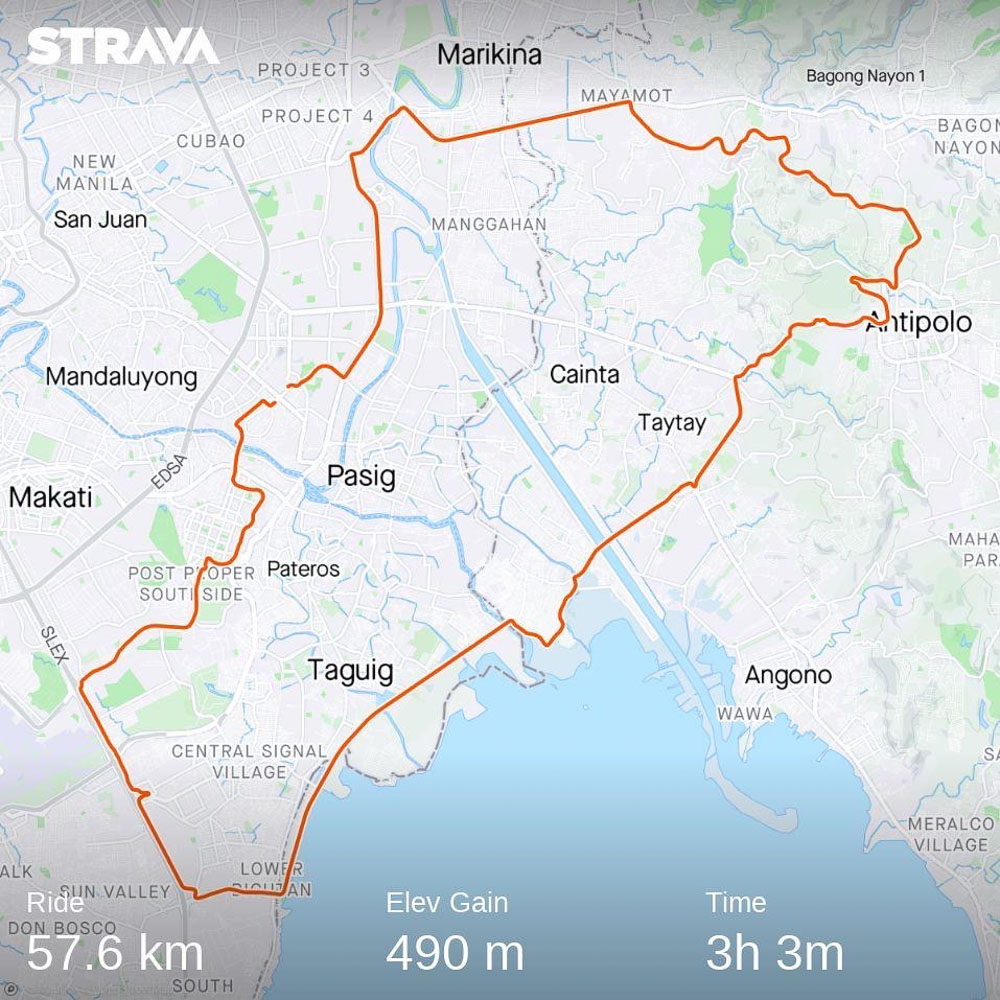
In the end, I was among the last—if not the last—to finish. I clocked in 57.6km after 3.05 hours of moving time with an average speed of 18.9km/h, as recorded by the cycling computer.
Does this mean I’ll be getting one soon? No, but I appreciated being able to see the numbers in real time. The insights gained will help me better plan out long rides now that I know my pace and my limits under different conditions.
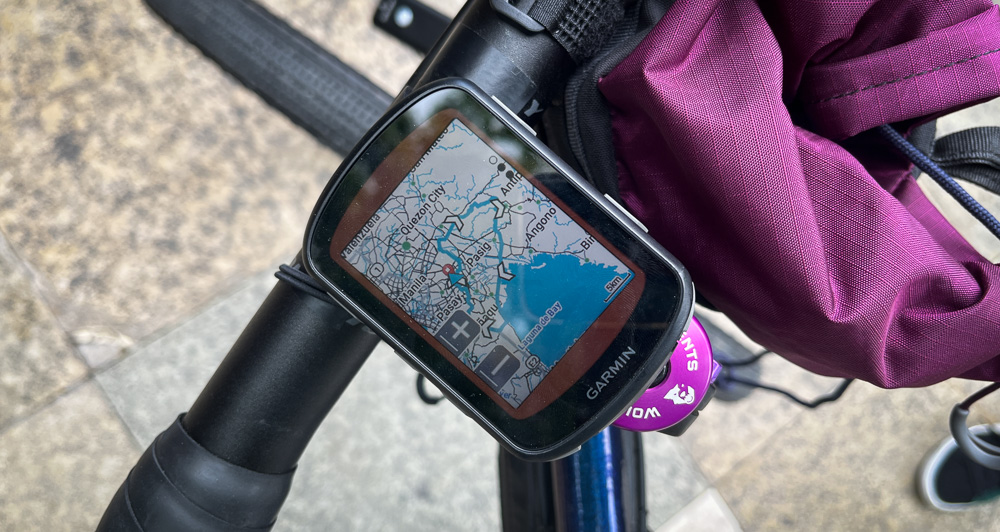
If you’d like to know how much Garmin’s latest cycling computers are, here are their prices:
- Edge 540 – P21,970
- Edge 540 Solar – P27,990
- Edge 840 – P27,990
- Edge 840 Solar – P34,490
These sound pretty expensive. But such devices were designed with athletes in mind, to help them train better and improve their performance. Also, they will most likely have bikes that cost five to 10 times as much.
If you only need to get from point A to B, then something like Google Maps is enough. Just don’t stare at your phone carelessly while on the move.
If you’d like to learn more about these products, you can visit Garmin’s site.

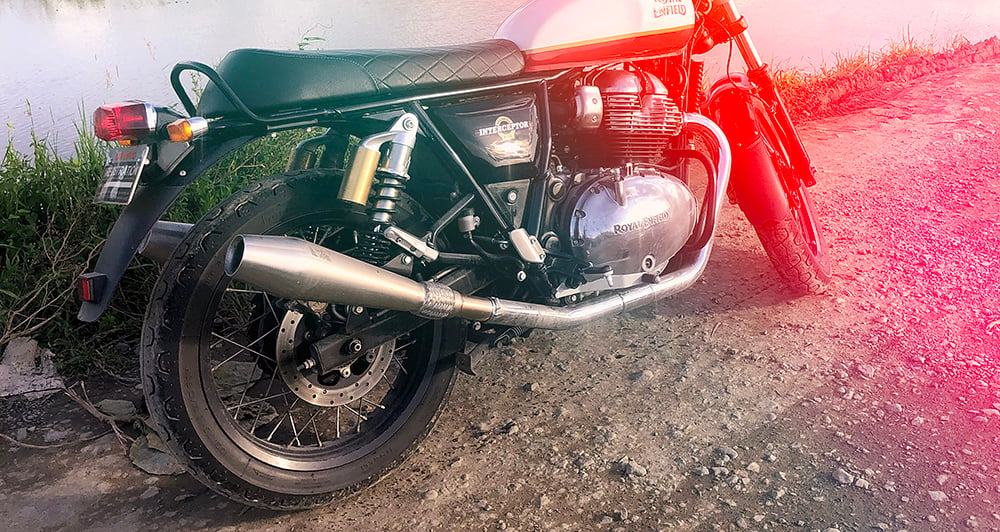
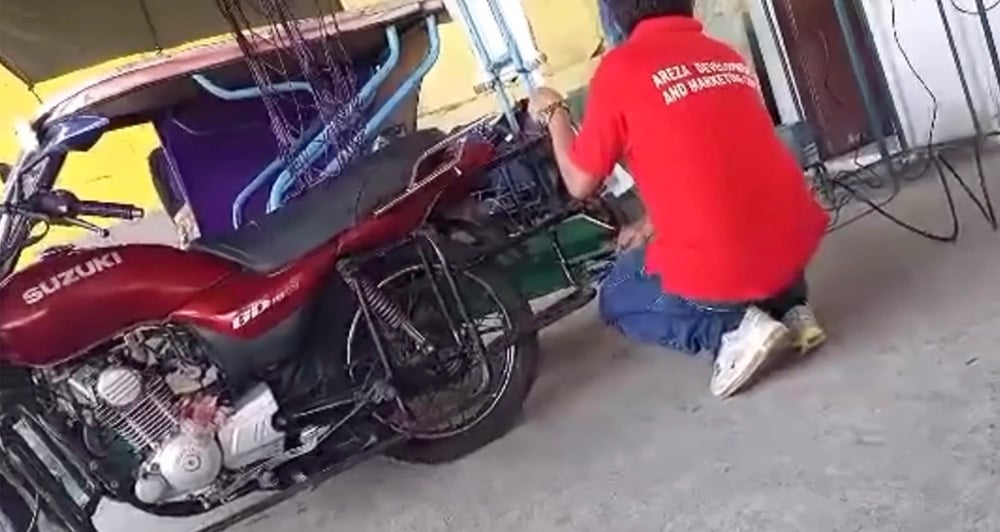
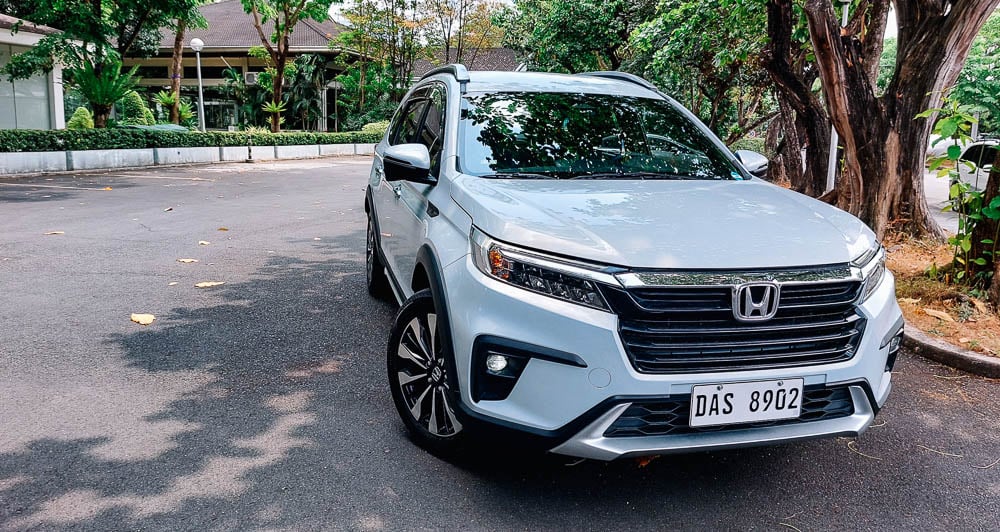

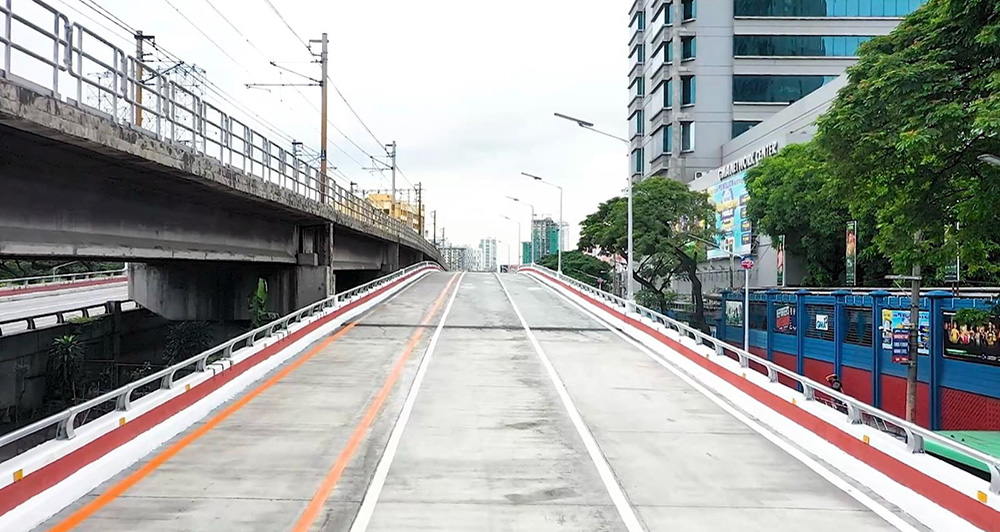
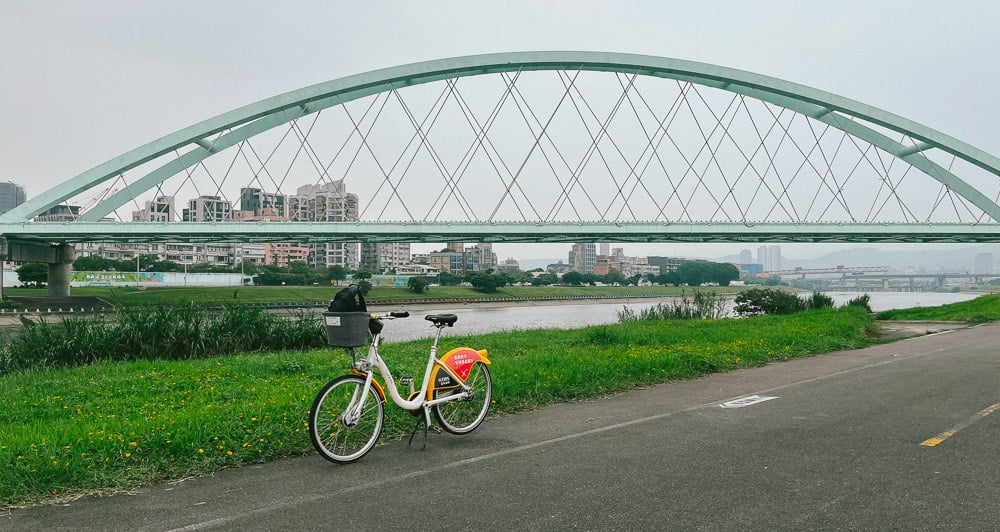
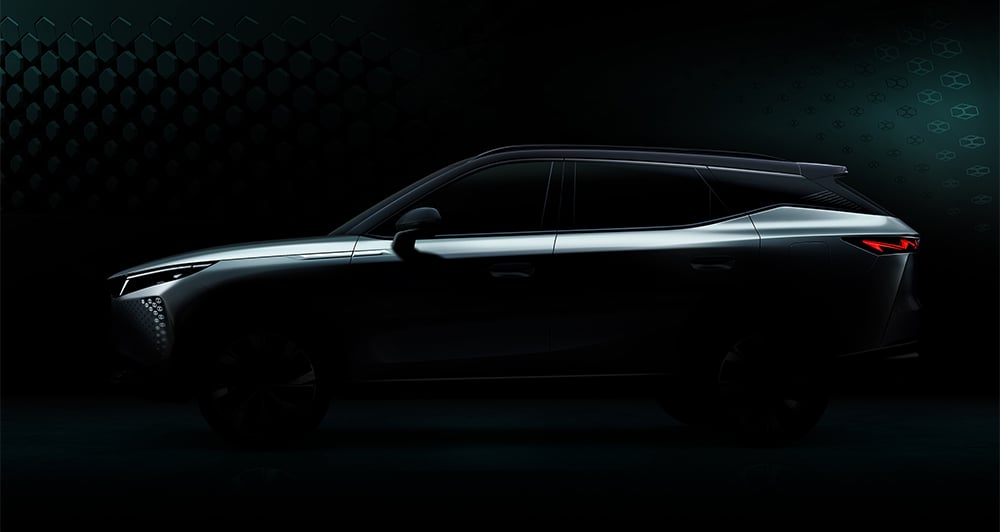
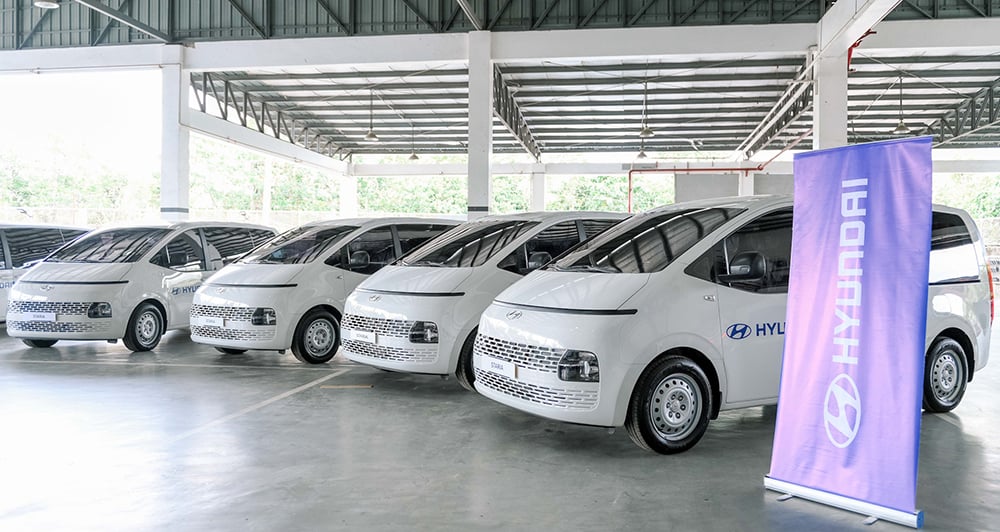


Comments